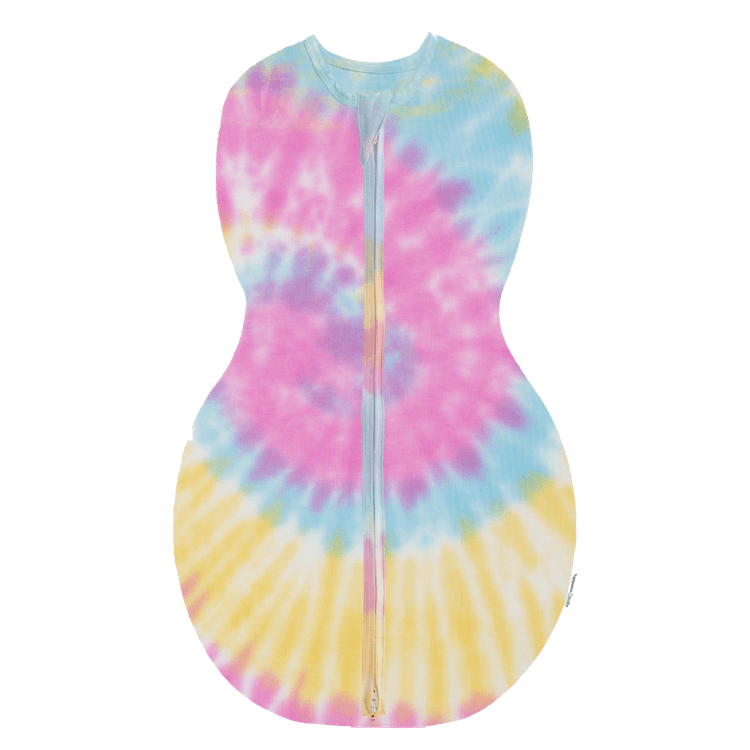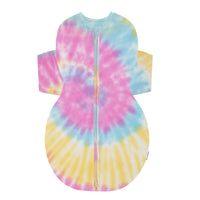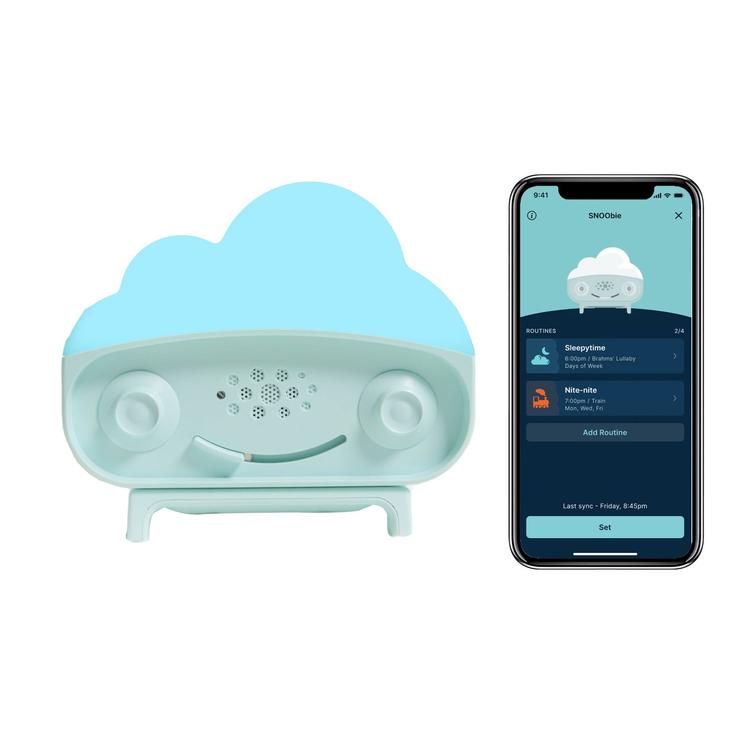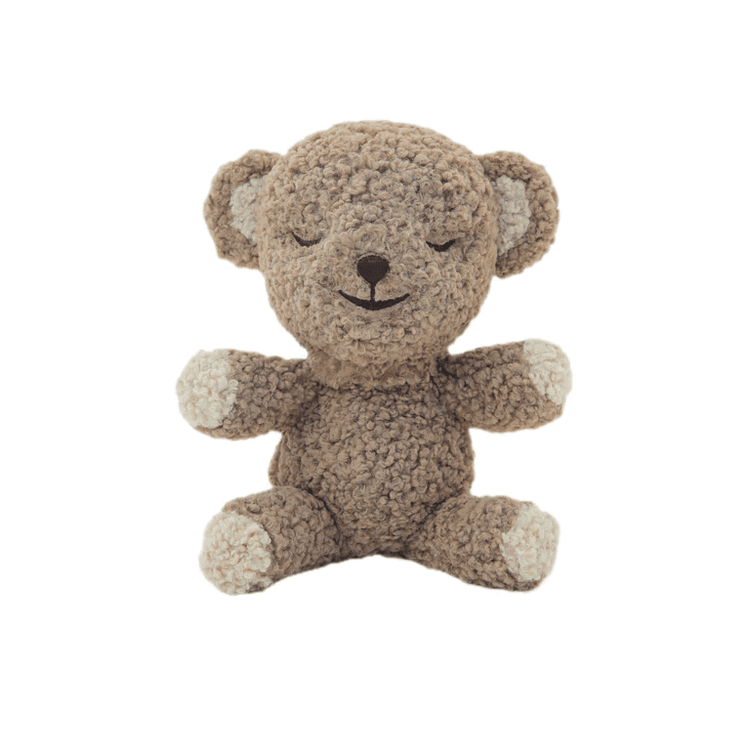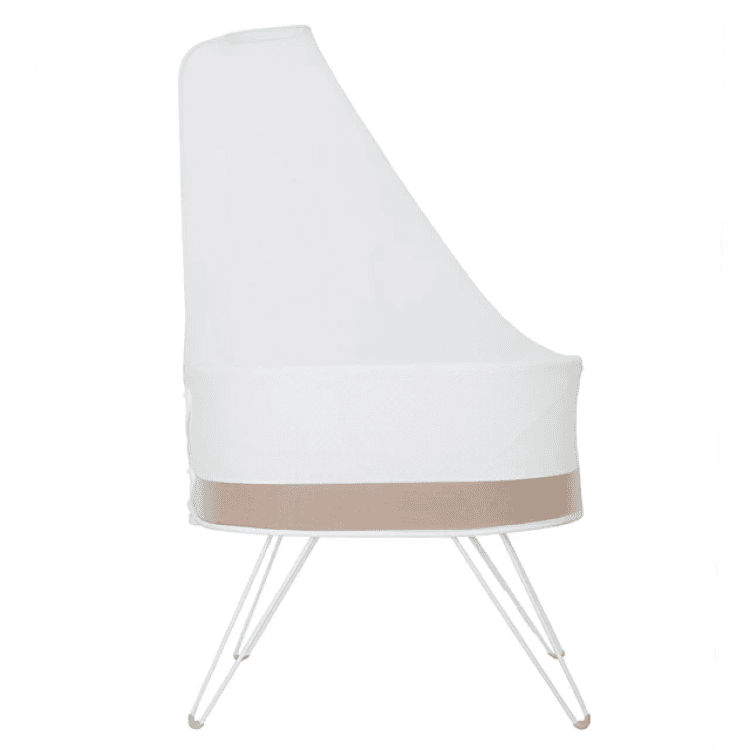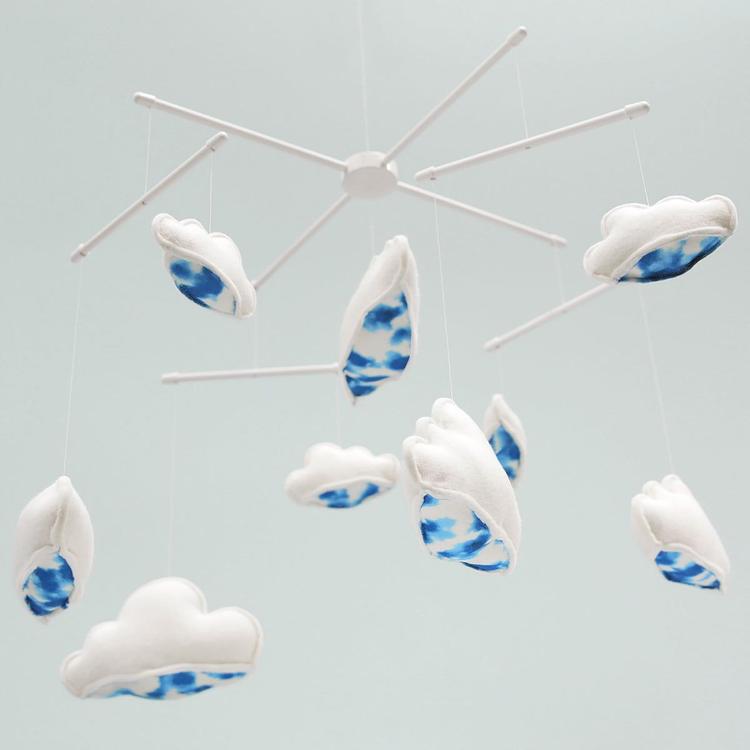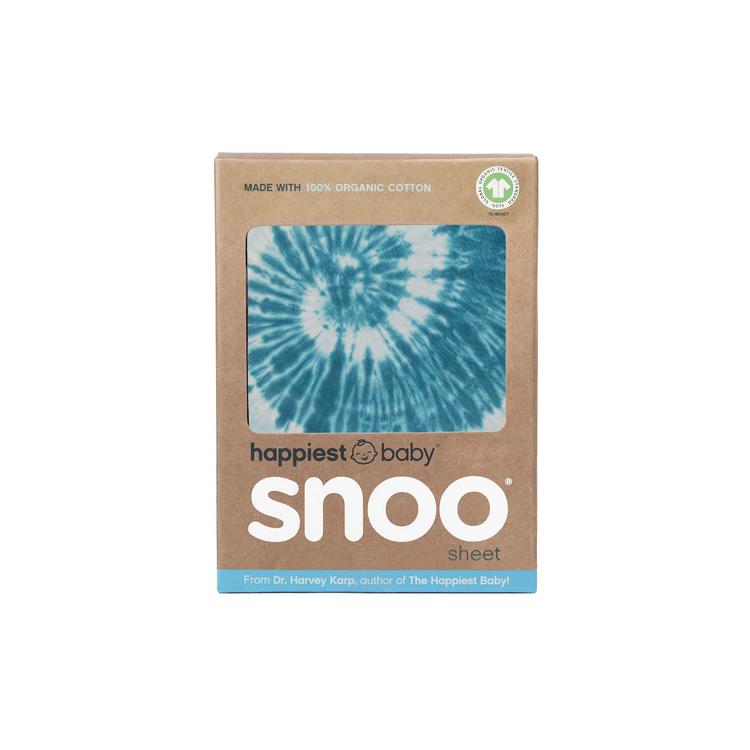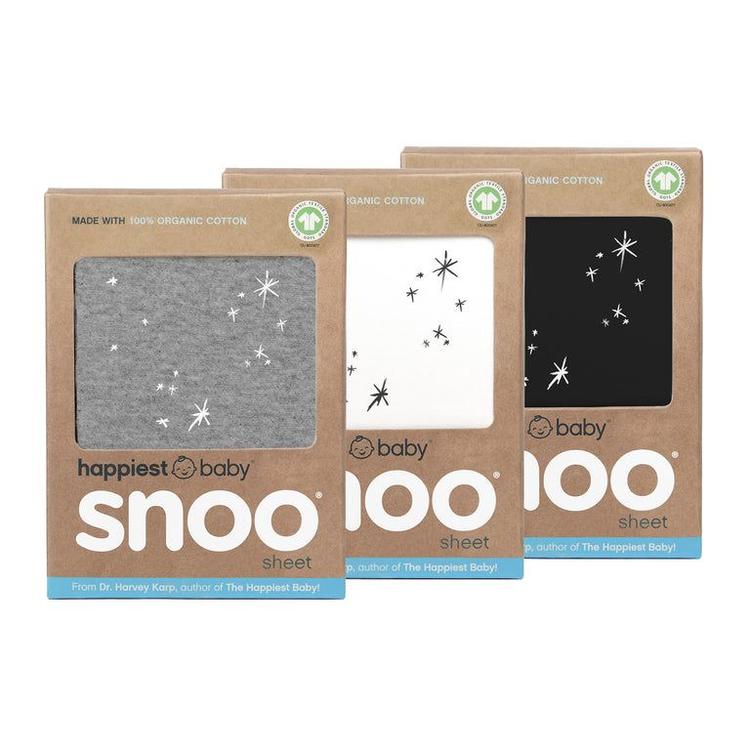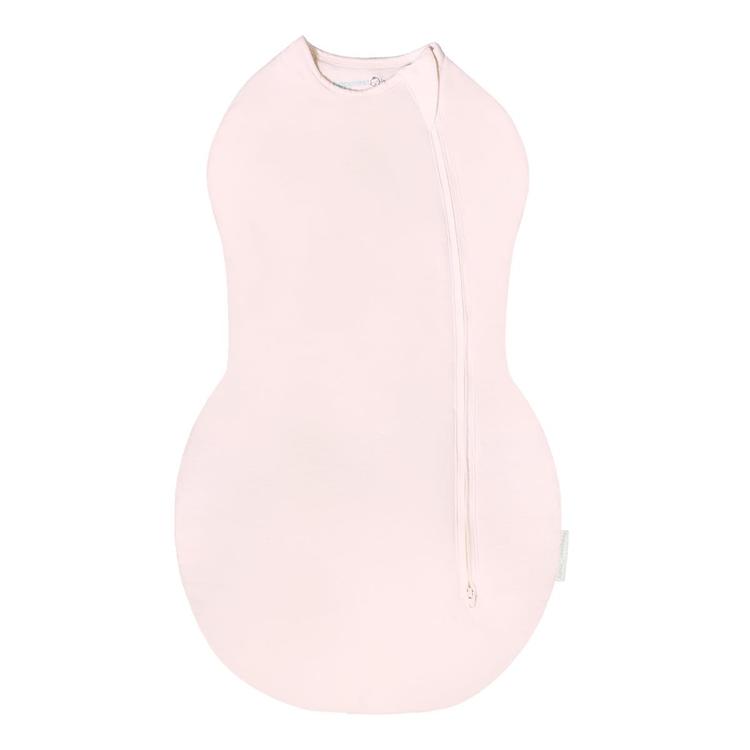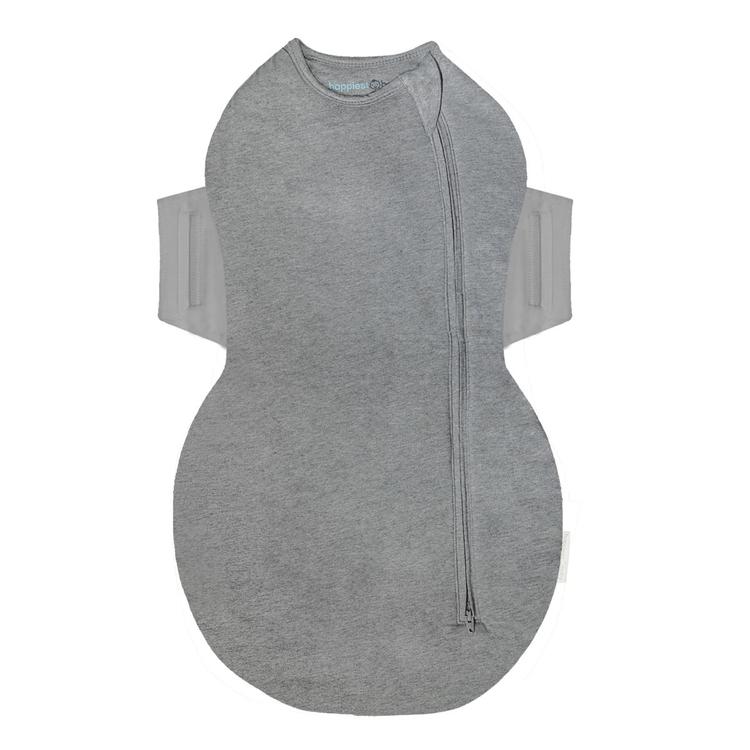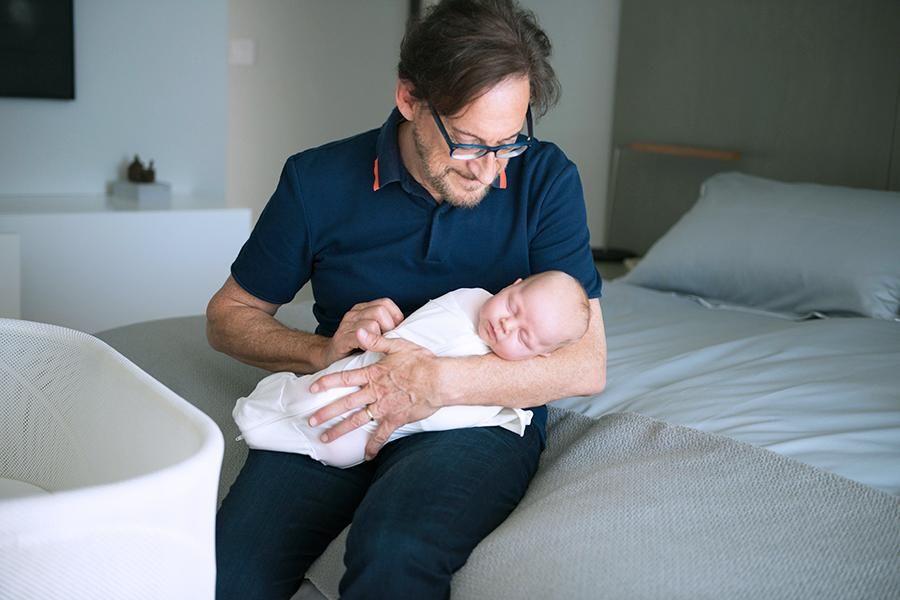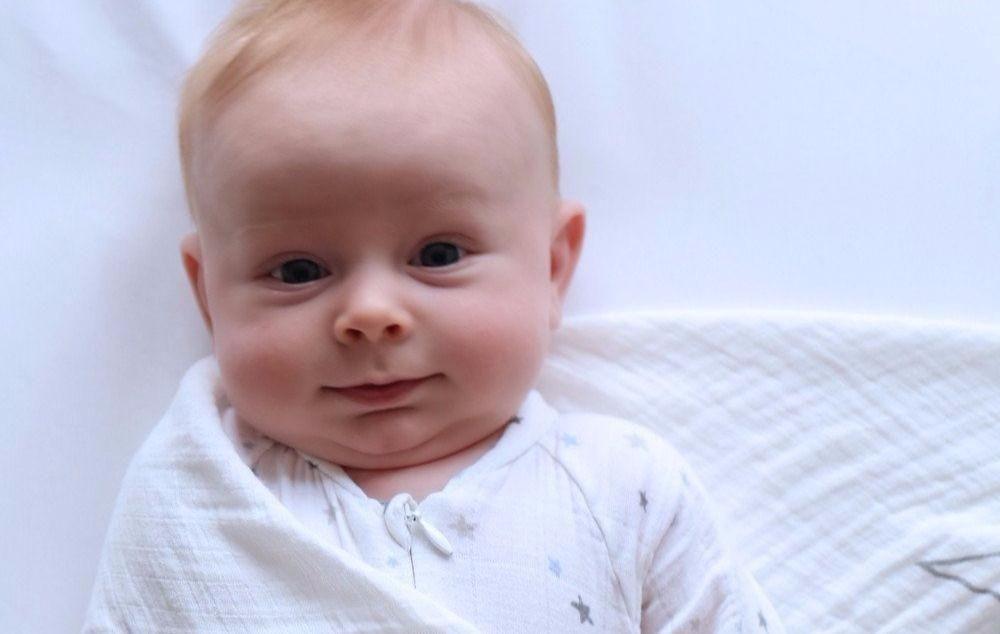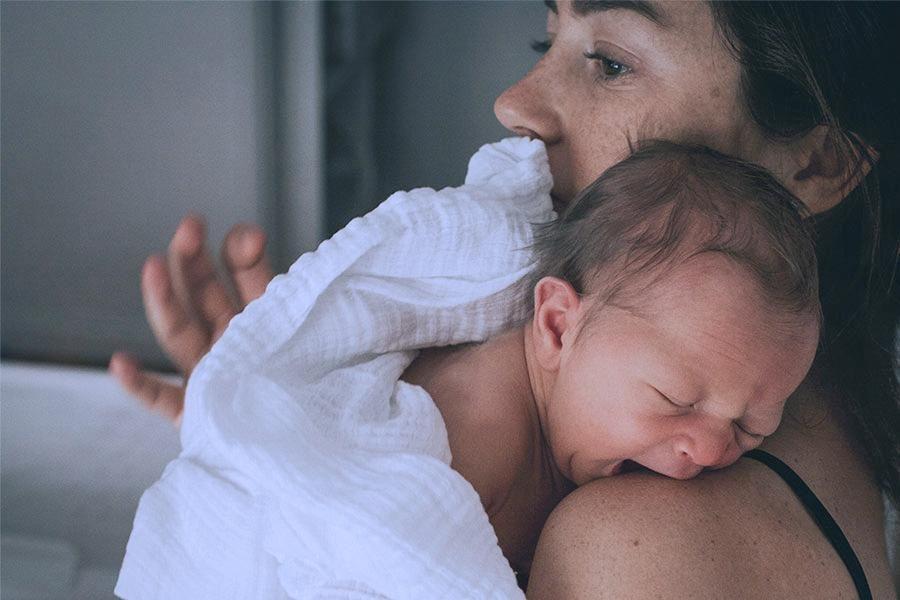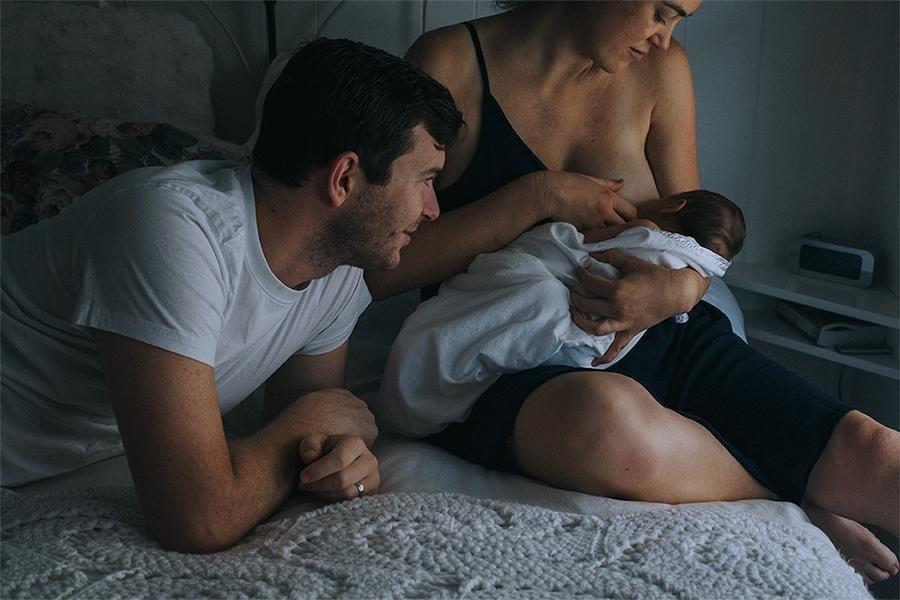In honour of Black Breastfeeding Week, we are interviewing a few mums to gain a better understanding of their experiences with breastfeeding and motherhood as Black women.
Even before Enocha Tellus, blogger and owner of Locks & Trinkets, was sure she would have kids, she knew she wanted to breastfeed.
'Over the years I had learned a lot about the benefits. So, I had always known about how it was good for babies,' she says. 'On top of that, it’s free!'
However, once she got pregnant, one aspect of motherhood Enocha had not anticipated was that she would have to deliver her first child in the midst of a global pandemic.
'It was really odd because I was the only one in maternity ward. Thank goodness the hospital was really calm because I had anxiety before birth,' she says.
She ended up delivering via emergency c-section. Then, came another surprise: She realised she had flat nipples, which initially made it difficult for her daughter to latch and feed.
'Thinking about breastfeeding before I had kids, I thought you just breastfeed. I didn’t think about different nipples and different experiences,' she says.
But even though a few elements of early parenthood did not quite go exactly according to plan, fortunately, one thing did go Enocha’s way: She had a really great milk supply from the get-go.
'Three weeks before birth, I started lactating already. I was leaking through my shirts, so I had a feeling I would have a lot of milk,' she says. 'Then, when she was born, I had a lot of colostrum. All the nurses were shocked.'
And soon, Enocha unlocked a solution to her flat nipples and latching issues, as well.
'I was in a lot of pain until I bought nipple shields. That was the game-changer. As soon as I started using nipple shields, she latched right away,' she says. 'The hospital didn’t want to give me them. I don’t know why. If someone has flat nipples and is struggling, a nipple shield is amazing. And, it doesn’t take away from bond. They’re also good if your nipples are really sore to have a barrier to you and baby.'
At two-and-a-half months, Enocha’s daughter now latches beautifully without the shields.
'They were almost like training wheels!' Enocha says.
Of course, there were still other parts of breastfeeding that surprised her along the way…including middle-of-the-night pumping sessions.
'Thanks to the SNOO, she’s sleeping through the night, so I was excited. I thought, I’m going to get 10 hours a night! But you have to get up and pump. That was annoying,' she says.
Though she has a pro tip for late-night pumping sessions: a good old-fashioned hand pump!
'I have all these fancy pumps that I have to put together, and they have lights, so they’ll take me out of my sleep. And then you have to undo them and wash them,' she recounts. 'So, I bought a $15 hand pump, and that’s the best thing I ever did. If I have to wake up and pump, I have it next to my bed. I pump four to five minutes on each side, and then, we have a mini fridge in room, so I throw the milk in there and go back to sleep.'
Another insight Enocha has gained through her journey: Drink plenty of water.
'One thing I did naturally but didn’t know would be so helpful, was to drink a lot of water,' she says. 'I have a 64-ounce water bottle, and I would down the whole thing—and then some—every single day. I am pretty sure that’s one reason why I had so much milk. I learned later your water intake does affect your milk supply, so it’s important.'
While her experience has been largely positive, Enocha acknowledges that breastfeeding is not exactly easy.
'You think you’re done sacrificing your body once you push your baby out, but with breastfeeding, your body is not 100% yours. It can be overwhelming because want your body back,' she says. 'Even now, I struggle. I’m so grateful, but my breasts are so big, my clothes don’t look the same. It’s a pain, I’m a person who loves fashion. I don’t feel like things look good on me anymore.'
But through all of the ups and downs, Enocha feels grateful for her experience.
'I was a person who really wanted to breastfeed, but I completely understand women who don’t want to breastfeed. It takes over everything, especially in the beginning,' she says. 'Just be patient and know it’s a stage and it’s so good for the baby, and it’s worth it at the end of the day.'
Related stories:



